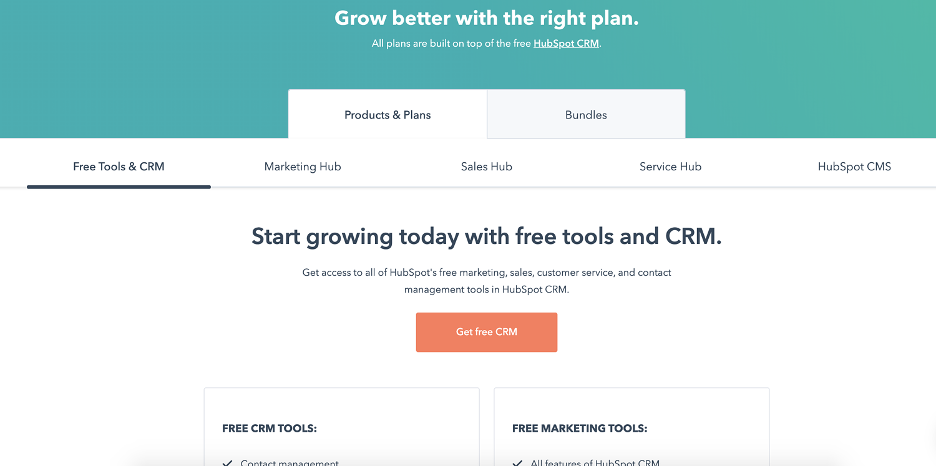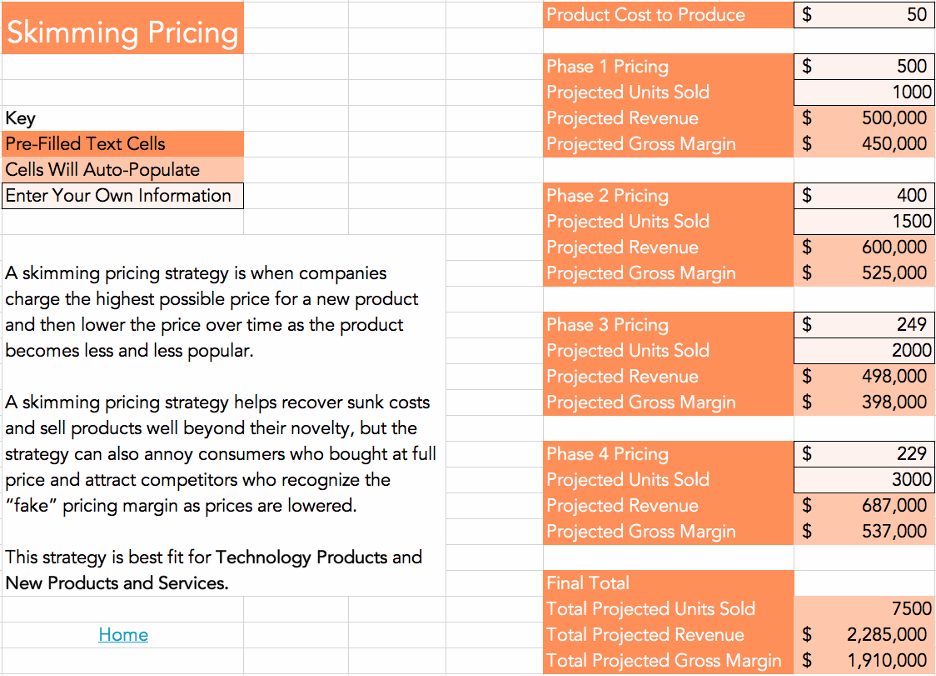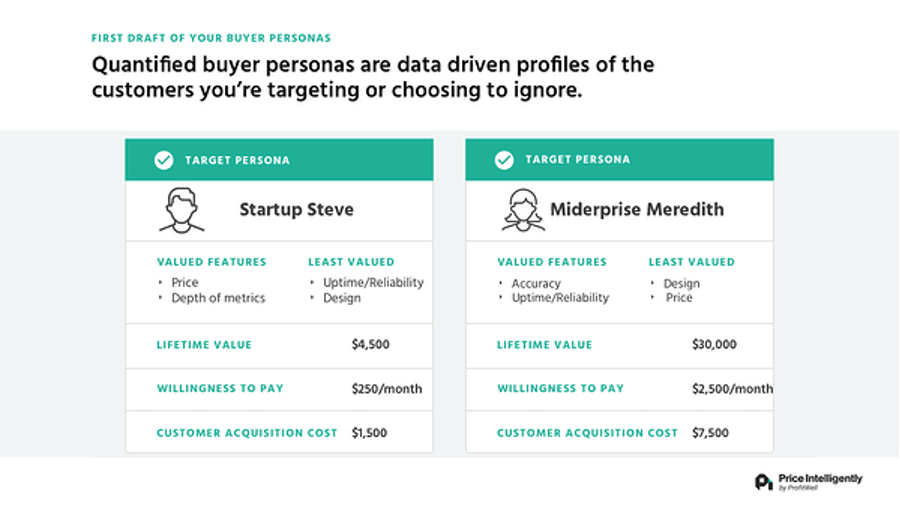In a highly competitive market, every consumer wants to receive the maximum value for the time and money that they spend interacting with brands. For this reason, the price levels that an organisation sets for its product or service play a big role in attracting consumers, convincing them of the value of what they are receiving, and in inducing them to remain loyal to the brand over time. For the brand itself, the choice of pricing method is a key element in determining the cash flow for the organisation, affecting everything from profit margins to budget allocations and expenditures. An effective pricing strategy will consider factors like your value proposition, the average price of your offering among competitors and your target audience. Thus, strengthening your market positioning and increasing the likelihood of getting a great conversion rate.
What Is Pricing?
In simple terms, pricing is the amount of money that a commercial organisation charges for providing a particular product or service to the consumer. Organisations must negotiate a fine balance in determining the pricing model that best suits their business. Setting prices too high may scare away large numbers of potential customers. Setting them too low may give a false impression as to the quality or perceived value of what you are selling. A mistake many new businesses tend to make is either pricing it too high or thinking that using an economy pricing model will make them more attractive when in reality, it can very easily have the opposite effect depending on the product or service you are offering-- in addition to limiting the amount of possible revenue that it may generate.
The Different Pricing Strategies Available
A pricing strategy or pricing model provides a way of establishing the ideal price for a product or service. Pricing strategies will typically take into account factors such as the nature of the target customers, the behaviour and preferences of existing customers, how higher prices or lower prices may offset financial burdens on the organisation such as fixed costs and overhead costs, and how the pricing strategy may contribute to profit levels and shareholder dividends.
The best pricing strategies will maximise both profits and revenue. There are several types of pricing strategy to choose from, including the following:
Competitive Pricing
Also known as competitor-based pricing or competition-based pricing, competitive pricing uses the prices set by an organisation’s competitors as a benchmark for price setting. A competitive pricing strategy does not take into account the actual cost of a product, or market demand. Instead, in competitive pricing, businesses can set their prices to a level slightly below, on a par with, or slightly above those of its rivals.
This pricing strategy works particularly well if an organisation in a highly saturated market has something to offer that clearly distinguishes it from the competition, such as stellar customer service, a great loyalty programme, or a generous returns policy.
Cost-Plus Pricing
Cost plus pricing is a technique typically used by retailers, or organisations that sell physical commodities. Also known as mark-up pricing, cost plus pricing involves adding a fixed percentage to the cost of production. The percentage used in this pricing method will vary, depending on the amount of profit that the business hopes to acquire after meeting its obligations due to production, fixed costs, variable costs, and other deductions.
Dynamic Pricing
Also known as time-based pricing, demand pricing, or surge pricing, dynamic pricing is a flexible pricing strategy in which prices vary according to customer preferences and market demands. In the sophisticated dynamic pricing strategies employed by utilities companies and organisations in the travel and hospitality sector, algorithms alter prices on the basis of demand, competitor pricing, and other considerations.
Freemium Pricing
A pricing strategy often employed by Software as a Service (SaaS) and technology providers, freemium pricing gets its name from the combination of “free” and “premium”. In a typical freemium pricing scenario, the company will offer a free or low-priced basic version of their product or service, in the hope that users will eventually pay to upgrade their offering, or to access more features.

(Image source: hubspot.com)
In this pricing model, price levels are set as representing the perceived value of a product or service, with the price increasing as more benefits or tools become available to the user. Freemium pricing contracts also typically give a business access to user contact information, submitted when registering for the free product.
High-Low Pricing
In high-low pricing, an organisation will initially sell a product for a higher price, lowering that price over time as the product loses relevance or novelty value. A typical example of high-low pricing is in the sale of seasonal items, or trend-dependent goods such as clothes and furniture. Organisations can use this pricing model to increase sales during traditionally slow months.
Hourly Pricing
Rate-based or hourly pricing is a pricing strategy typically favoured by marketing freelancers, consultants, contractors, and business service providers. This business model works best for organisations that deliver on quick, high-volume projects.
Skimming Pricing
Price skimming is a business model and pricing strategy in which an organisation begins by setting prices for a new product at the highest possible level, then gradually reducing the price over time, as the commodity becomes less popular.

(Image source: hubspot.com)
This is one of the pricing strategies routinely adopted by the technology industry. For example, as new and improved models of mobile phones enter the market, a brand may reduce the price of its previous versions.
Penetration Pricing
Penetration pricing is a short-term pricing strategy often adopted by a new venture or small business looking to enter a competitive market. In a penetration pricing strategy, the organisation sets a very low price for a product or service, in an attempt to disrupt the market and lure consumers away from the significantly higher price set by its competitors. Over time, the organisation will then raise the lower prices it initially set, trusting that the perceived value of its offering will sustain the loyalty of existing customers.
Premium Pricing
Brands in the high-end or luxury market will typically adopt a premium pricing strategy. Also known as luxury pricing or prestige pricing, premium pricing involves selling goods at a high price that is meant to convey the premium quality and luxury lifestyle value of these commodities.
Organisations may bolster a premium pricing strategy by employing influencers to stress the luxury aspects of their brand, or by using limited distribution to constrict the supply and drive up customer demand.
Project-Based Pricing
Another of the pricing strategies used by freelancers, consultants, contractors, and business service providers is project-based pricing. Based on the value ultimately delivered to the client, project-based pricing sets a flat fee for the completion of each project. .
Value-Based Pricing
In value based pricing, an organisation will set a price level for its product or service on the basis of what consumers in the target market are willing to pay. This level must be established through research and information gathering, so value-based pricing is very much a data-driven pricing strategy. The business model of value based pricing requires organisations to keep a close eye on the markets, and the changing preferences of their various buyer personas.
Bundle Pricing
With a bundle pricing strategy, an organisation will bundle together two or more complementary products or services, in a specially priced deal. In this way, bundle pricing gives brands the option of selling their offerings individually, and as part of a package. Marketers can therefore use bundle pricing as a vehicle for cross-selling and upselling various parts of a brand’s portfolio.
Psychological Pricing
As the name suggests, psychological pricing strategies look to exploit human nature and psychology, in response to setting prices. One of the classic examples of psychological pricing is the X.99 pricing strategy, in which a product or service is offered at one currency unit below the next highest round number (e.g., $9.99 as opposed to $10). In this case, many people will perceive the price as “less than ten dollars”.
Strategic placement is another aspect of psychological pricing. For instance, a brand might position a more expensive commodity next to the lower price item they are actually looking to sell.
Geographic Pricing
In geographic pricing, items are priced at different levels, depending on the geographical location of the target market. So the price that a customer pays in one region may be markedly different from what a consumer would pay for the same item in a different city, region, or nation. In this way, organisations can use geographic pricing to account for differences in wage levels and costs of living between different markets, and to allow for international currency depreciation.
Developing a Pricing Strategy
To develop a pricing strategy, you can use the following steps:
Establish the True Cost of Your Product or Service: This should include production and delivery costs, as well as all the fixed costs and variable costs required to bring it to market.
Determine the Price That Your Business Can Realistically Achieve: This will depend on a number of factors including operating costs (which may be different for a large or small business), existing inventory, fluctuations in demand, and the nature and location of potential markets.
Identify Your Buyer Personas: The preferences and characteristics of your target customers will determine how effectively your offering addresses their needs and pain points, and how willing they are to pay a certain price.

(Image source: ProfitWell)
Analyse Relevant Data: This may include historical data on the market, customer behaviour, and how different pricing strategies have worked in the past.
Do a Comparative Price Analysis: This should take in the prices being offered by your competitors, and pricing levels for goods and services in complementary classes to what you are offering.
Set a Price that Balances Between Your Business Goals and the Value You Are Delivering: Ideally, this price should benefit both your target customers and your own bottom line. As mentioned prior, do not make the mistake of assuming that the economy pricing strategy or setting a premium price without a reason behind it will make your product more attractive. Every price must be set based on research.
If you’d like to learn more about pricing strategies, or need help in developing a pricing strategy of your own, get in touch with us at Incisive Edge.







